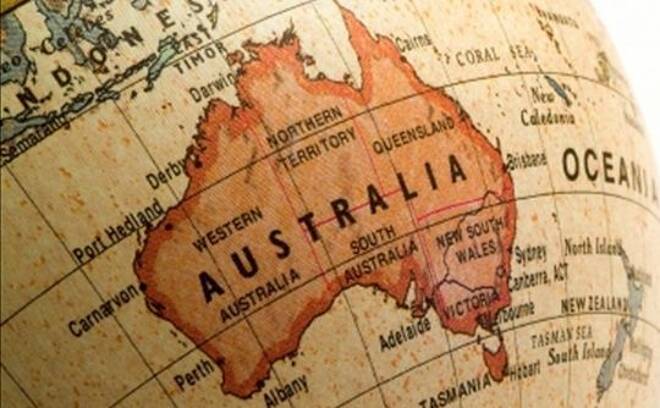Advertisement
Advertisement
Asian Currencies Hit Hard On Friday Morning
By:
The Australian and New Zealand tumbled hard this morning as global commodity prices sank and the US dollar regained its footing yesterday. The kiwi was
The Australian and New Zealand tumbled hard this morning as global commodity prices sank and the US dollar regained its footing yesterday. The kiwi was down 31 points at 0.6853 while the Aussie fell 68 points to 0.7398 after touching the 79 level just a few weeks ago. Earlier this week Glenn Stevens of the RBA surprised markets and announced a 25bp rate cut.
Commodity currencies such as the Australia, the New Zealand and the Canadian dollars strengthened against their major counterparts in the Asian session on Thursday, as oil price rose on concerns about production cuts after a massive fire swept through the Canadian Oil Sands hub of Fort McMurray, Alberta.
The Financial Review reported that almost within the space of a week, the Reserve Bank has secured its next governor, Philip Lowe, and discovered what could be his first major problem: anemic inflation.
The RBA cut its official cash rate on Tuesday after the official inflation data showed the underlying inflation rate had dropped unexpectedly to 1.5 per cent.
The bank’s new economic forecasts, published on Friday with its quarterly Statement on Monetary Policy, suggested that a further reduction in the cash rate was likely.
The forecasts assumed the cash rate would move “broadly in line with market pricing” which had fully priced in at least one more cut. However, even with that assumption, the underlying inflation rate was not expected to reach the bottom of the RBA’s 2-3 per cent target rate until the middle of 2018.
Wednesday, the Australian, the New Zealand and the Canadian dollars fell against their major rivals. The Australian dollar fell 0.44 percent against the U.S. dollar, 0.03 percent against the yen and 0.22 percent against the euro. The NZ dollar fell 0.53 percent against the U.S. dollar and 0.41 percent against the euro. The Canadian dollar fell 1.20 percent against the U.S. dollar, 0.76 percent against the yen and 1.11 percent against the euro.
The US dollar edged up against major currencies for a third day, as the yen slipped again as doubts persist about the direction of Bank of Japan policy, while concerns about a possible UK exit from Europe weighed on sterling.
The US dollar index, which measures the greenback’s value versus six currencies, rose to its highest level in a week of 93.862 after falling to its lowest in over 15 months on Tuesday of 91.919.
The US dollar also rose against the yen to a six-day high of Y107.49 after hitting an 18-month low on Tuesday of Y105.52. Japanese markets have been closed since Tuesday as the nation enjoyed three days of public holidays. Over that period, the yen weakened by 0.8 per cent and the US dollar strengthened, but those moves went into reverse on Friday.
Asian shares lost ground on Friday, as investors await closely watched April U.S. non-farm payroll numbers, but Australian shares retraced some declines after the central bank lowered its inflation forecast.
“Markets will be slightly more nervous around the Friday release of the non-farm payrolls number after ADP employment growth came in at 154,000, well below the market consensus of 195,000,” said Angus Nicholson, market analyst at IG, in a Thursday note.
The U.S. payrolls number will likely influence expectations of whether the Federal Reserve will pull the trigger on an interest rate hike in June.
About the Author
Barry Normanauthor
Did you find this article useful?
Latest news and analysis
Advertisement
